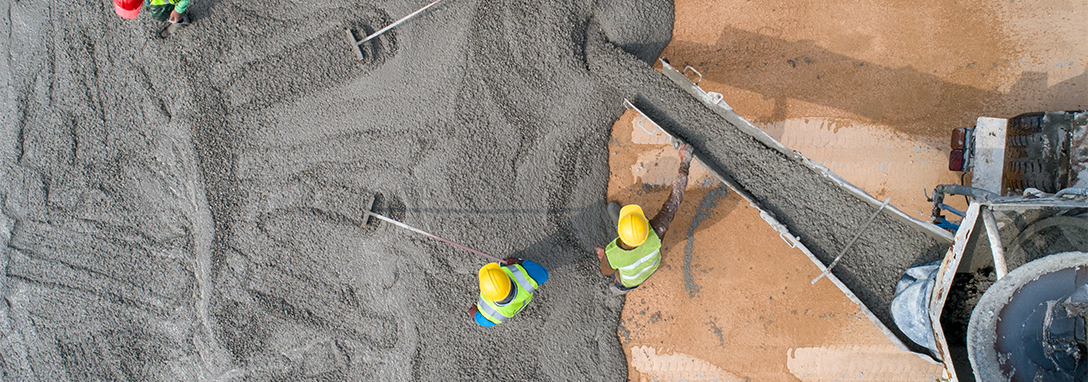Concrete is one of the most versatile and widely used construction materials in the world. Its durability is the key characteristic that determines the life span of structures.
The durability of concrete is defined as its ability to resist weathering action, chemical attack, abrasion, or any other process of deterioration. Durable concrete can retain its original form, quality, and serviceability when exposed to harmful effects of the environment. Properly prepared, tested, and applied concrete can provide decades of service with little or no maintenance.
Degradation of Concrete
The structure can be affected by wind, precipitation, or temperature. Thus, factors for the severity of deterioration should be carefully considered. Certain other conditions and hostile environments may lead to the deterioration of concrete too.
Attacking mechanisms can be chemical, physical, or mechanical and originate from external or internal sources. Depending on the nature of the attack, care should be taken in various components of concrete like paste, aggregates, or reinforcing components. In addition, the local climate to which the structure would be exposed must be considered.
The causes of deterioration of concrete and measures to prevent such damage enhance the durability of concrete structures. Freezing and thawing, alkali-aggregate reaction (AAR), aggressive chemical exposure, corrosion of metals, abrasion, fire resistance of concrete, and cracking should be taken care of, at all stages.
Rapid Chloride Permeability Test (RCPT)
Rapid Chloride permeability test (RCPT) determines the resistance to penetration of chloride ions. The rapid chloride permeability test RCPT-ASTM C 1202 is commonly used to evaluate the resistance of concrete to chloride ions ingress owing to its simplicity and rapidity.
RCPT is an electrical indication of concrete’s ability to resist chloride ion penetration. It enables the prediction of the service life of concrete structures. Used for durability-based quality control purposes, the constant voltage (V) is applied to a concrete specimen for 6 hours and the current passing through the concrete is recorded to find the coulombs.
This test determines the electrical conductance of the different grades of concrete mixes and indicates its resistance to the penetration of chloride ions. Standardized testing procedures are in AASHTO T 277 or ASTM C 1202.
It monitors the amount of electrical current passed via concrete specimens for a specified time. The movement of ions in a porous medium under a concentration gradient is called diffusion. It is often necessary to ascertain the impermeability of concrete to chloride ions as a quality control measure and assessment of improvements in properties of new concrete.
Measurements for RCPT
RCPT is measured in Coulomb. Current is measured in ampere. A coulomb is an ampere – second which means one ampere passed through the concrete specimen in one second is one coulomb, and the charge passed in 60 seconds would be 60 coulombs. Higher the coulomb, the higher the permeability and vice versa.
Apparatus for RCPT
This test is conducted through Rapid Chloride Permeability Test equipment. It consists of two reservoirs. One of them has 3.0% of NaCl solution and another reservoir has 0.3M NaOH solution. Concrete with the thickness 50mm and dia 90-100mm is used as a test specimen.
Chloride Test Procedure
The concrete specimen having dia 100mm and thickness of 50mm is cast and saturated. The concrete sample is placed in between the two reservoirs (known as a single cell) having NaCl solution in one reservoir and NaOH solution in the other.
These reservoirs are connected to DC supply and the voltage of 60V is applied to the concrete specimen at both ends for 6 hours. Now, the current passing through the concrete at different time intervals is measured. It is determined by an LCD that is connected to the cell.
Below is a table to interpret RCPT test results: Q = 900 × I(0) + 2×I(30) + 2×I(60) + 2×I(120) ……..+ I(360)
| Charge (coulombs) | Chloride Permeability |
| >4000 | High |
| 2000 – 4000 | Moderate |
| 1000 – 2000 | Low |
| 100 – 1000 | Very Low |
| <100 | Negligible |
